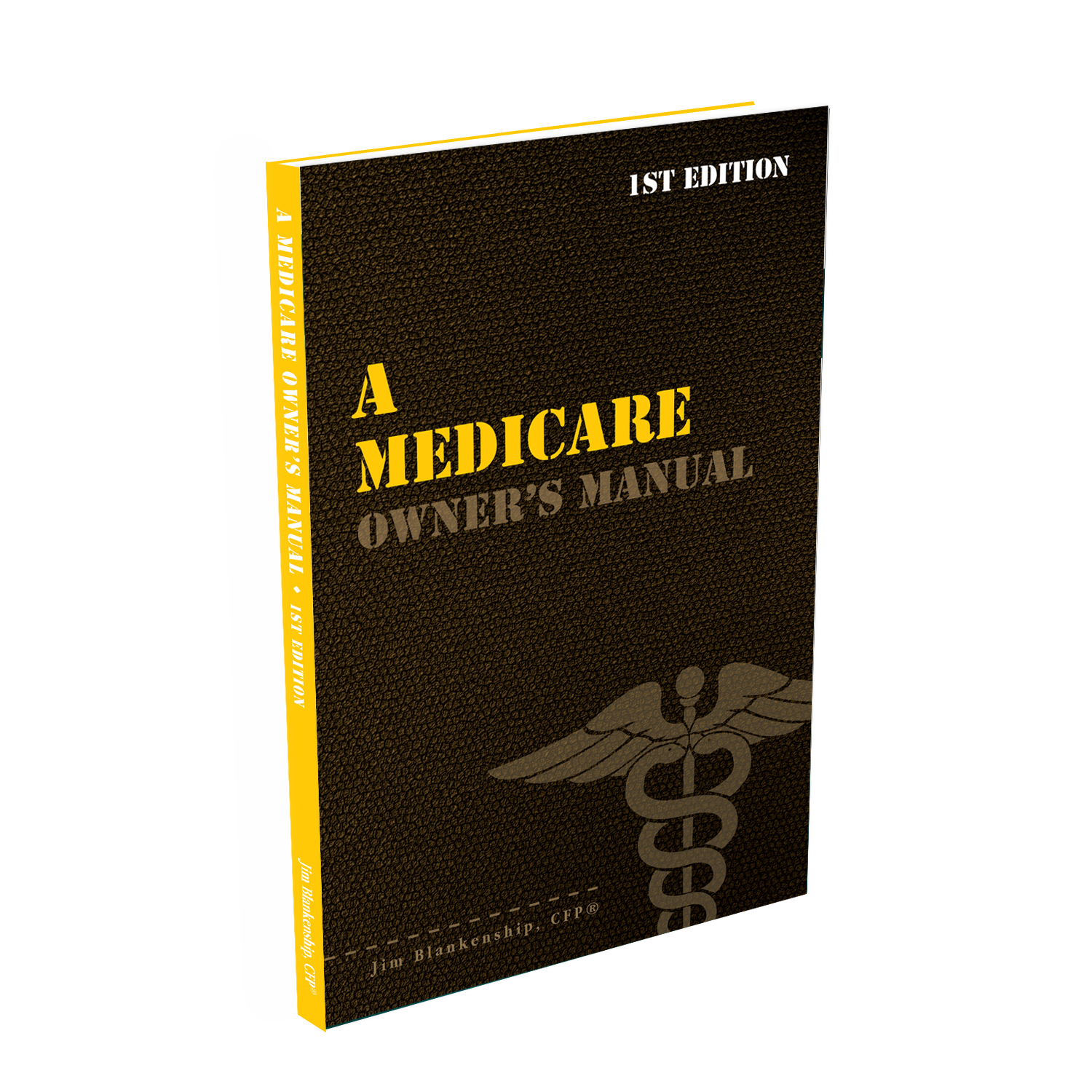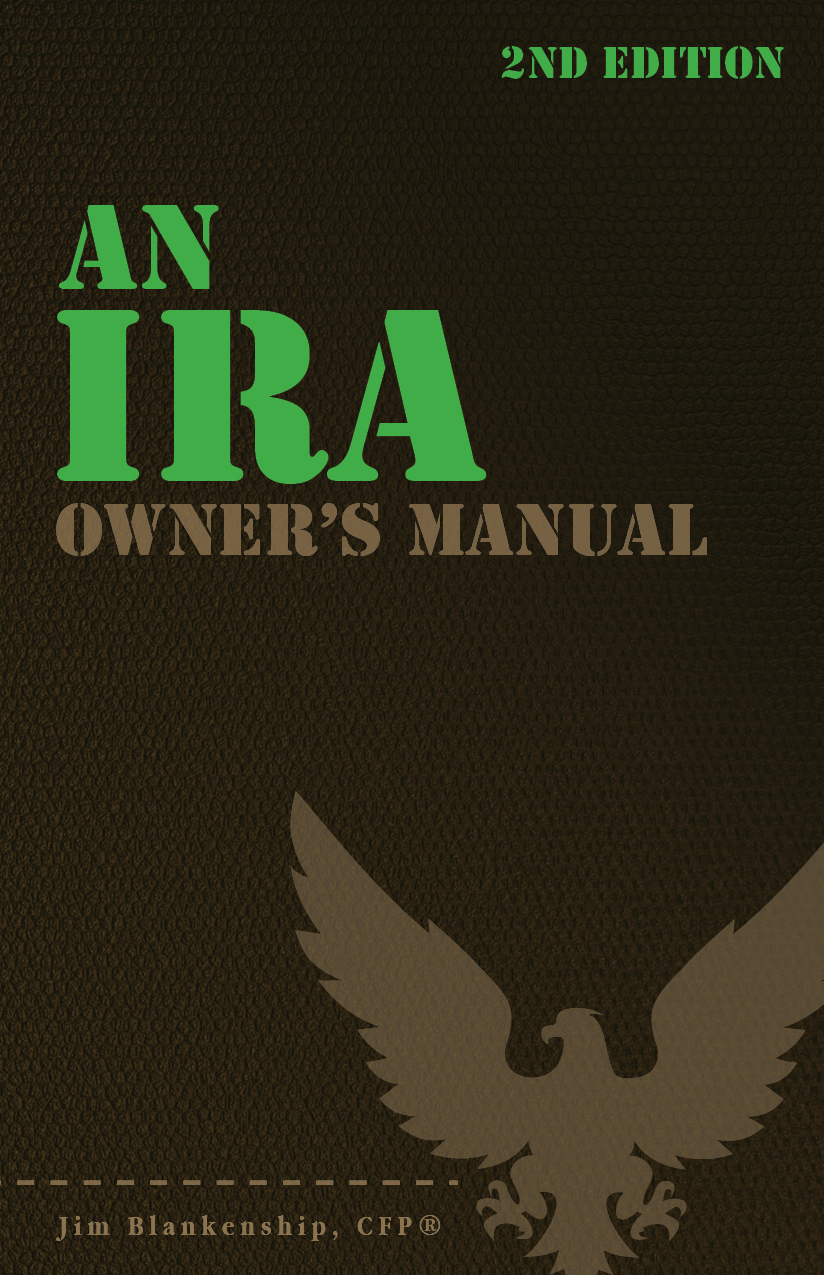 As an update to the article I wrote last month about the Cost or Benefit of Time Out of the Market, as promised I went back and ran the numbers for all the S&P 500 data that I could locate, starting in January, 1871. This information is taken from an ongoing study by Robert Schiller for his book “Irrational Exuberance”, and since the S&P 500 index hasn’t actually been around for that whole time, the earlier numbers are an approximation of the index.
As an update to the article I wrote last month about the Cost or Benefit of Time Out of the Market, as promised I went back and ran the numbers for all the S&P 500 data that I could locate, starting in January, 1871. This information is taken from an ongoing study by Robert Schiller for his book “Irrational Exuberance”, and since the S&P 500 index hasn’t actually been around for that whole time, the earlier numbers are an approximation of the index.
So anyhow, I looked at both five-year and ten-year data for a buy-and-hold strategy and the same periods for our momentum strategy (discussed in the earlier article).
In the buy-and-hold strategy, in the average five year period the return averaged approximately 6% per year, an aggregate of 31.49%, and for the ten-year periods, the average was a little higher, at just over 7¼%, for a total return of 72.60%. Using the momentum strategy, these numbers increased for each period on average, to over 8% (42.49% total) and more than 10½% (105.38% total).
In the buy-and-hold tests, this strategy resulted in a positive (greater than zero) return in 68.34% of the five-year periods, and 75.76% of the ten-year periods. By comparison, in the momentum tests, the results were even better: 94% positive returns in the five-year periods, 99.61% in the ten-year periods.
This is good information, but what about comparing the two strategies in terms of how often one is better than the other? Not as often as you might think, given the results we see in the other categories: 67.90% of the time in the five-year tests the momentum strategy came up with a better result, and 69.62% of the time in the ten-year tests.
So, in roughly 7 out of 10 circumstances, you could be better off with the momentum strategy… when does the momentum strategy not work? That is, when does a buy-and-hold strategy pay off better than the momentum strategy?
There are a few sustained examples (just using the 10-year periods, for brevity) where a buy-and-hold strategy gives a better result than the momentum strategy. Those are the ten-year periods ending during these dates:
- March, 1952 to May, 1966
- August, 1967 to April, 1970
- April, 1980 to May, 2002
If you don’t recognize these periods, these were the most rampant economic expansion timeframes that our market experienced over the past 140 years. During these periods, the average monthly return on the S&P 500 was 0.66%, while the 140 year average was only 0.42%. The aggregate return of the buy-and-hold strategy during these periods averaged 129.54% for each 10-year period, while the momentum strategy only returned an average of 109.54%, losing 2% for each year in the ten-year period.
So, the conclusion is that, while this is an interesting strategy, it’s not fool-proof. If you’re looking only to have a positive return on your 10-year investing horizon, the momentum strategy seems to be almost waterproof on that score. Just keep in mind that, as I mentioned previously, this strategy requires the utmost of discipline to the task – missing a few days here and there can derail the strategy altogether. It might be interesting (if you’re so inclined) to use this momentum strategy on a small portion of your portfolio – but as I’ve mentioned before, you can certainly do much worse than following the buy-and-hold strategy.
I’ll keep doing the research on this (since I never met a spreadsheet I didn’t love!), most likely adding in analysis of the P/E ratios and any other pertinent information that I can track. I’ll keep you posted!
Photo by Zixii


 Sterling Raskie, MSFS, CFP®, ChFC®
Sterling Raskie, MSFS, CFP®, ChFC® The latest in our Owner’s Manual series, A 401(k) Owner’s Manual, was published in January 2020 and is available on
The latest in our Owner’s Manual series, A 401(k) Owner’s Manual, was published in January 2020 and is available on  A Medicare Owner’s Manual, is updated with 2020 facts and figures. This manual is available on
A Medicare Owner’s Manual, is updated with 2020 facts and figures. This manual is available on  Social Security for the Suddenly Single can be found on Amazon at
Social Security for the Suddenly Single can be found on Amazon at  Sterling’s first book, Lose Weight Save Money, can be
Sterling’s first book, Lose Weight Save Money, can be  An IRA Owner’s Manual, 2nd Edition is available for purchase on Amazon. Click the link to choose the
An IRA Owner’s Manual, 2nd Edition is available for purchase on Amazon. Click the link to choose the  Jim’s book – A Social Security Owner’s Manual, is now available on Amazon. Click this link for the
Jim’s book – A Social Security Owner’s Manual, is now available on Amazon. Click this link for the  And if you’ve come here to learn about queuing waterfowl, I apologize for the confusion. You may want to discuss your question with Lester, my loyal watchduck and self-proclaimed “advisor’s advisor”.
And if you’ve come here to learn about queuing waterfowl, I apologize for the confusion. You may want to discuss your question with Lester, my loyal watchduck and self-proclaimed “advisor’s advisor”.